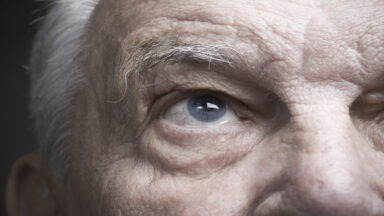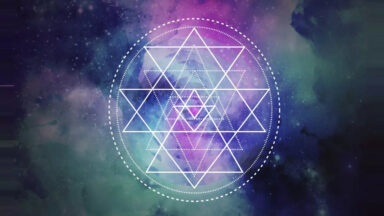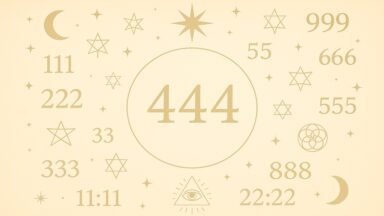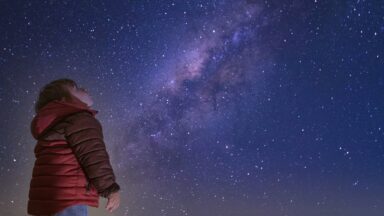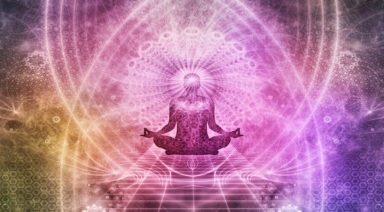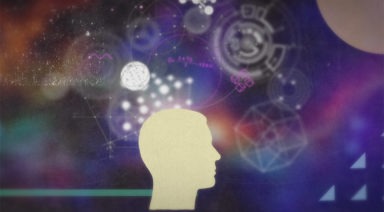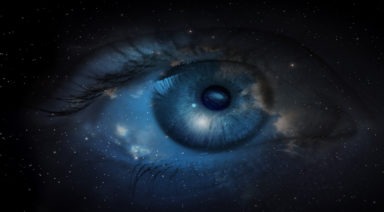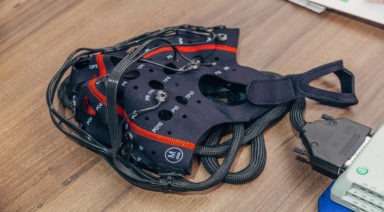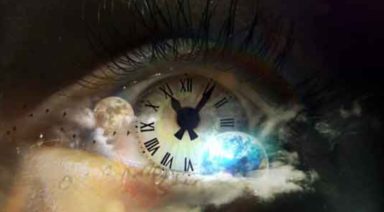Discovery of 100 Black Holes in Milky Way Has Implications on Consciousness
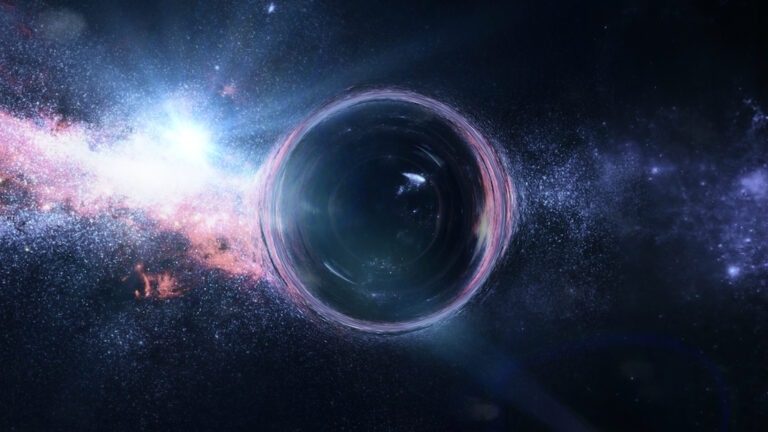
A stellar surprise has been found in hidden space: more than 100 black holes hiding in our own galaxy. What can we learn from this new find and what is the consciousness connection to this mystery of the galaxy?
Scientists were stunned to find more than 100 black holes hidden in the Milky Way, about three times the number of black holes thought to be in the area. NASA describes a black hole as a place in space where gravity pulls so much that even light cannot get out. The gravity is so small because matter has been squeezed into a tiny space. These black holes are hidden within a cluster of stars called Palomar 5, about 80,000 light-years from Earth.
Astronomer and Gaia News contributor Marc Dantonio weighed in on the significance of this discovery.
“They didn’t expect that there would be so many young stars that had blown up and become supernovae and then left these black holes behind, but there are,” he said. “So it means that at one point this was a very rich star cluster, very bright, and most likely visible from galaxies away.”
Watch more:
About the Author
Gaia guides people on their personal transformational paths with the world’s largest library of exclusive and original conscious media. Like our members, Gaia staff are driven by curiosity, passion and the desire to grow, as we continue on our own spiritual journeys and quests. Our members inspire our own authenticity: the quest for transformation never ends. If there is a topic you’d like to learn more about, please let us know. You can also join Gaia as a contributing author and help us connect readers to people and ideas that fuel a conscious life.
Next Article
The 37th Parallel – A Line of Mystery and Significance

The 37th parallel is a circle of latitude that runs around the Earth at 37 degrees north or south of the equator. While it may seem like just another line on a map, the 37th parallel has gained an unusual reputation over the years.
Not only does it serve as a border between U.S. states, but it is also considered “America’s Paranormal Highway“—a hotspot for UFO sightings, cattle mutilations, and other unexplained phenomena. Additionally, the 37th parallel north plays a role in human health, geological activity, and historical significance.
This article explores the geographical location of the 37th parallel, its paranormal history, and other ways this latitude has left its mark on science and culture.

The video streaming platform exploring Expanded Consciousness, and Unexplained Universe
Free Trial


